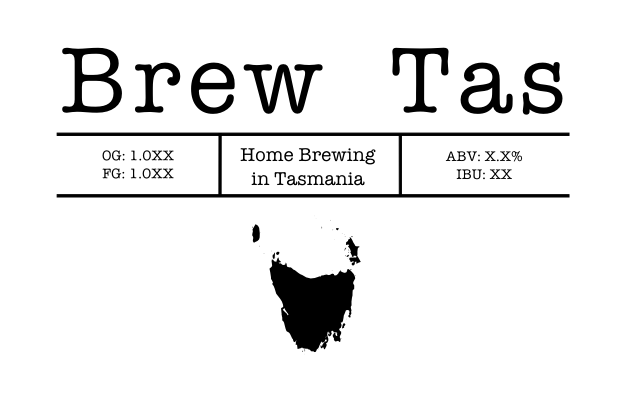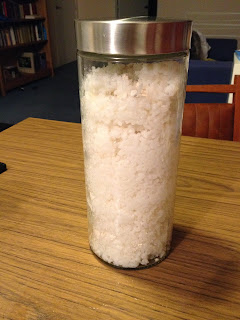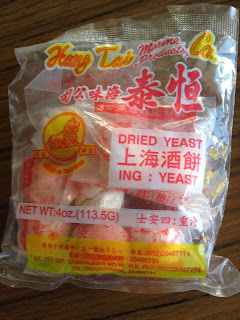The final list:
- Pilsch
- Golden Ale
- Pale Ale
- Hefeweizen
 |
| 3/4 of the beer, ready to go |
I pinched the idea of the Pilsch from a write-up on the Devils Backbone Brewery on Fuggled. It's a low gravity Bohemian Pilsner recipe fermented with a Kolsch yeast. I was originally going to brew a Bohemian Pilsner but I got sick at the wrong time. I think this will do a similar job but took much less time to get ready. Light, low alcohol (around 3.3% ABV), crisp and with some spicy Saaz goodness. Just the thing for a wedding reception in a nice garden on a summer's day.
The recipe is very simple:
 |
| Huw, brewing assistant extraordinaire |
Johnnie Rico Pilsch
OG: 1.033 (1.035 measured)
FG: 1.008 (1.009 measured)
IBU: 24
EBC: 3.7
ABV: 3.3% (3.4% measured)
100% Bohemian Pilsner malt
18 IBUs of Saaz @ 60 min
6 IBUs of Saaz @ 15 min
1L starter of WY2565
I added 1g CaSO4, 7g CaCl2, 2g MgSO4 to adjust my water profile to have a higher ratio of chloride to sulphate and enhance the perception of the malt.
Stepped mash: 66C (40 minutes), 72C (15 minutes) and a 78C mash out
Brewed 14/11/13
Huw generously gave his time to be my hands and get this beer brewed. We've moved house since the last post and although the new house doesn't have a garage like the old place, the kitchen is generous and there's plenty of storage space so brewing is actually a bit easier here. I've also come into a small chest freezer in addition to my fermenting fridge. It's helped me get the wedding beers brewed and I'm looking forward to having the space to brew lagers during 2014.
This was the first beer I used my new oxygenation kit on. I gave it 45 seconds before adding the yeast. The fermentation was extremely vigorous, being 90% finished after 3 days.
After 5 days @ 16C I increased the temperature to 18C for 2 days, then crashed it to 0C for a week, fining with gelatine 3 days before bottling.
Bottled 30/11/13
Tasted on 10/01/13



.JPG)
.JPG)







.JPG)


.JPG)




